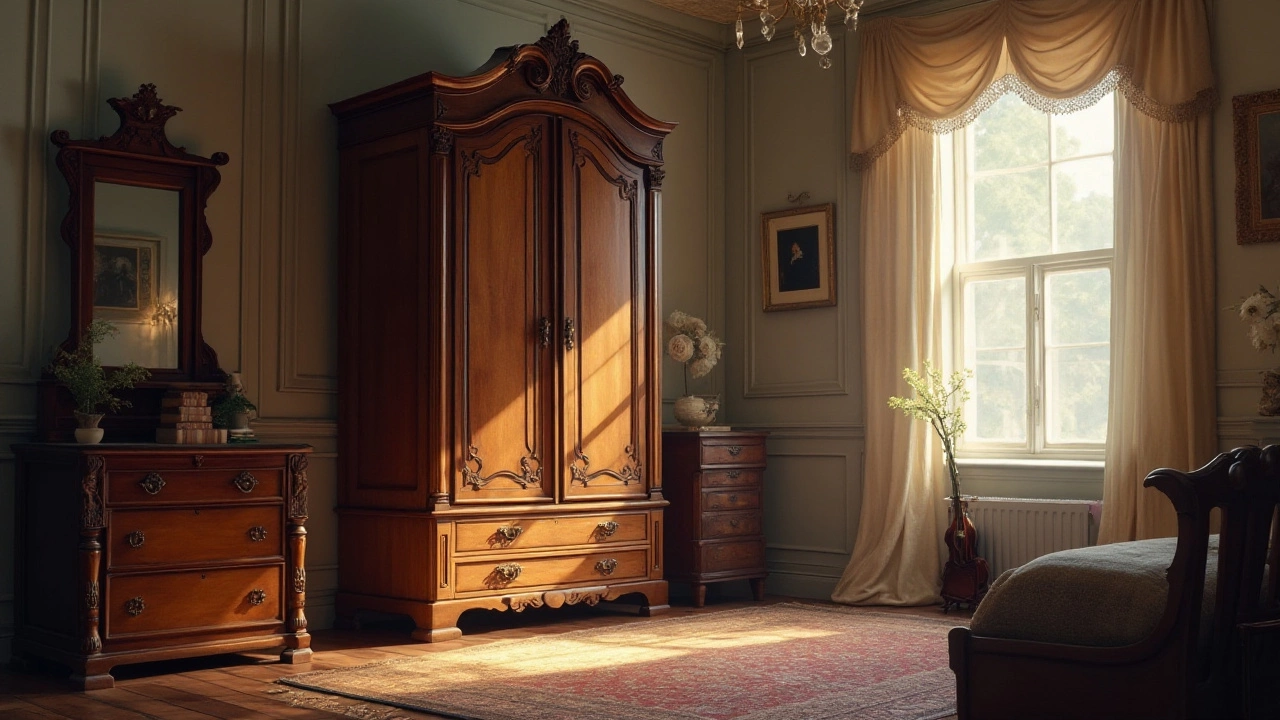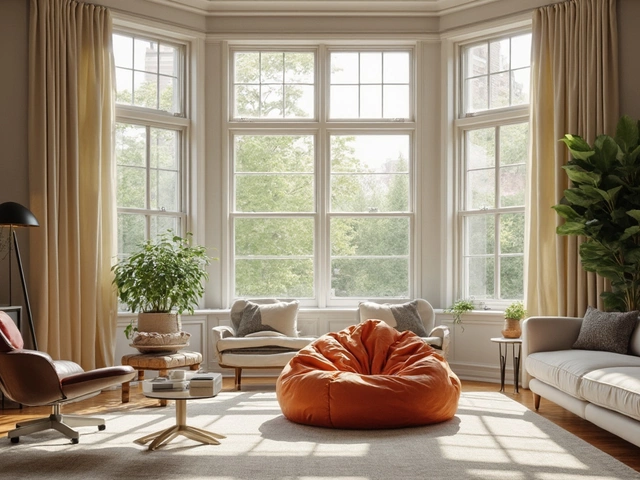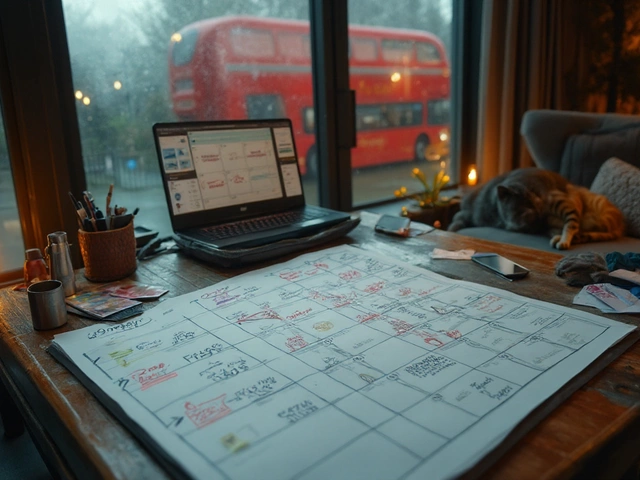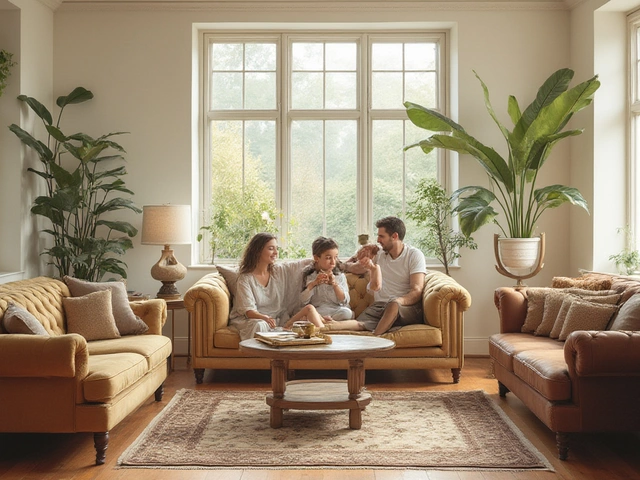Old Closets – Quick Ways to Refresh or Replace Them
Got a closet that’s seen better days? Old doors, squeaky tracks, and not‑enough space can make getting dressed a chore. The good news is you don’t always need a full remodel. With a few smart moves you can make the closet work again or decide when it’s time for a brand‑new storage solution.
Figure Out If Your Closet Needs a Makeover
Start by opening the doors and taking a quick look. Are the hinges rusty? Is the wood chipped or warped? Check the interior – do you have a lot of empty space or is everything jammed together? These clues tell you if a simple fix will do or if the closet is past its prime.
Smart Fixes and When to Buy New
If the structure is solid, a paint makeover can work wonders. Light colours make a cramped closet feel bigger, and a fresh coat hides scratches. Adding a tension rod, a couple of hanging organizers, or a few slim shelves can double your usable space without breaking the bank.
When you need more storage than the built‑in space offers, use stackable bins, shoe racks, or hanging cubes. Clear bins let you see what’s inside, while labeled baskets keep seasonal items out of sight. These accessories are cheap and can be swapped out as your needs change.
Sometimes the real question is “wardrobe or closet?” A wardrobe—free standing and often taller—gives you flexible layout options, especially in small rooms. A built‑in closet saves floor space but can be harder to reconfigure. If you’re short on room, a wardrobe with sliding doors might be the better fit.
For a full replacement, think about the type of door you want. Sliding doors hide hardware and need less clearance, while bi‑fold doors are easy to reach. Choose a material that matches your room’s style – laminate for durability, solid wood for a classic look, or metal for a modern vibe.
When buying new, measure the width, height, and depth carefully. Leave at least a few centimeters at the back for venting if you plan to store shoes or damp items. Check the load rating of shelves if you’ll be stacking books or heavy boxes.
Don’t forget ergonomics. A closet that’s too low makes you bend over, while a too‑high rod forces you to stretch. Aim for a hanging height around 140 cm and a shelf depth of about 30 cm – that’s comfortable for most clothing and accessories.
Finally, think about future needs. If you’re planning to add a desk or a chair for study, keep some clearance so the closet doors can open fully. A smart layout now saves you a lot of hassle later.
Bottom line: give your old closet a quick health check, try a paint job or extra organizers, and only invest in a new unit when the frame is cracked or the layout just won’t work. With these tips you’ll have a functional, tidy closet without a massive expense.





